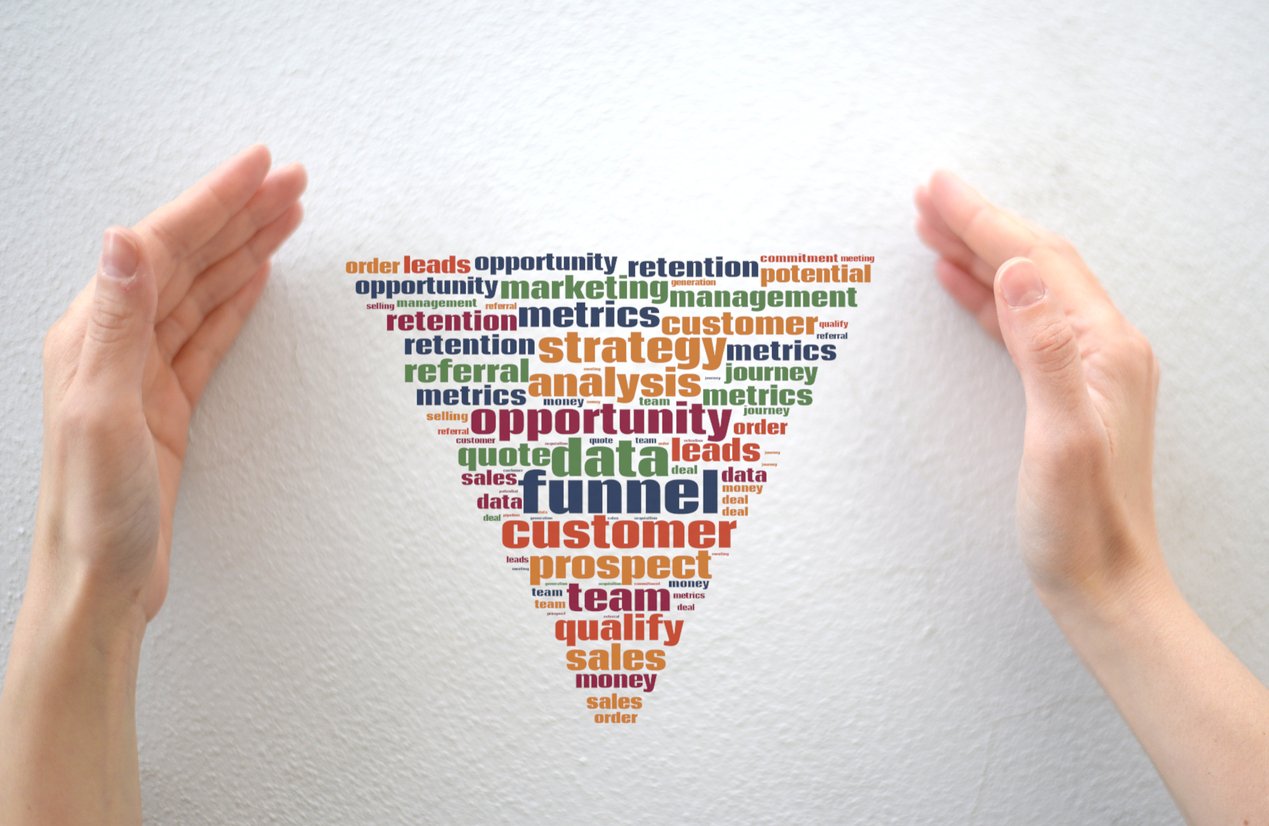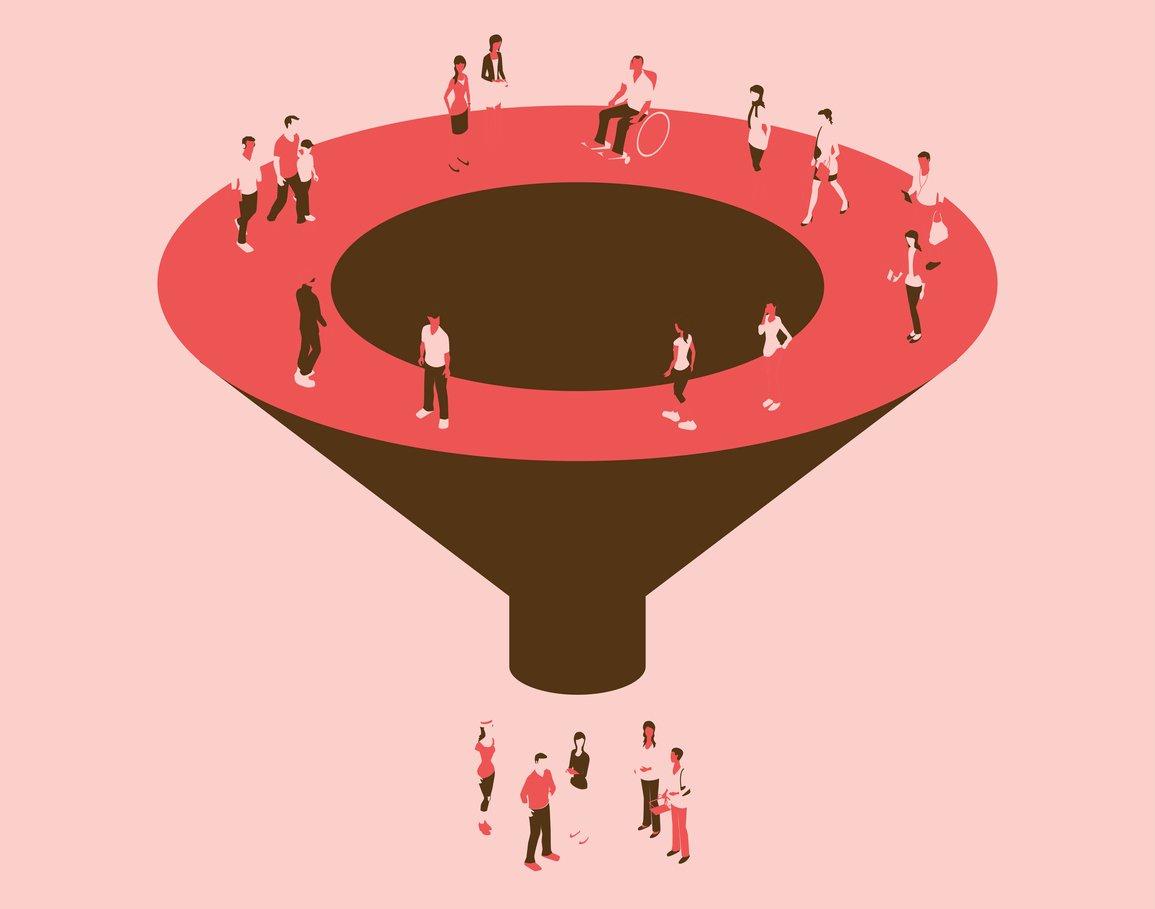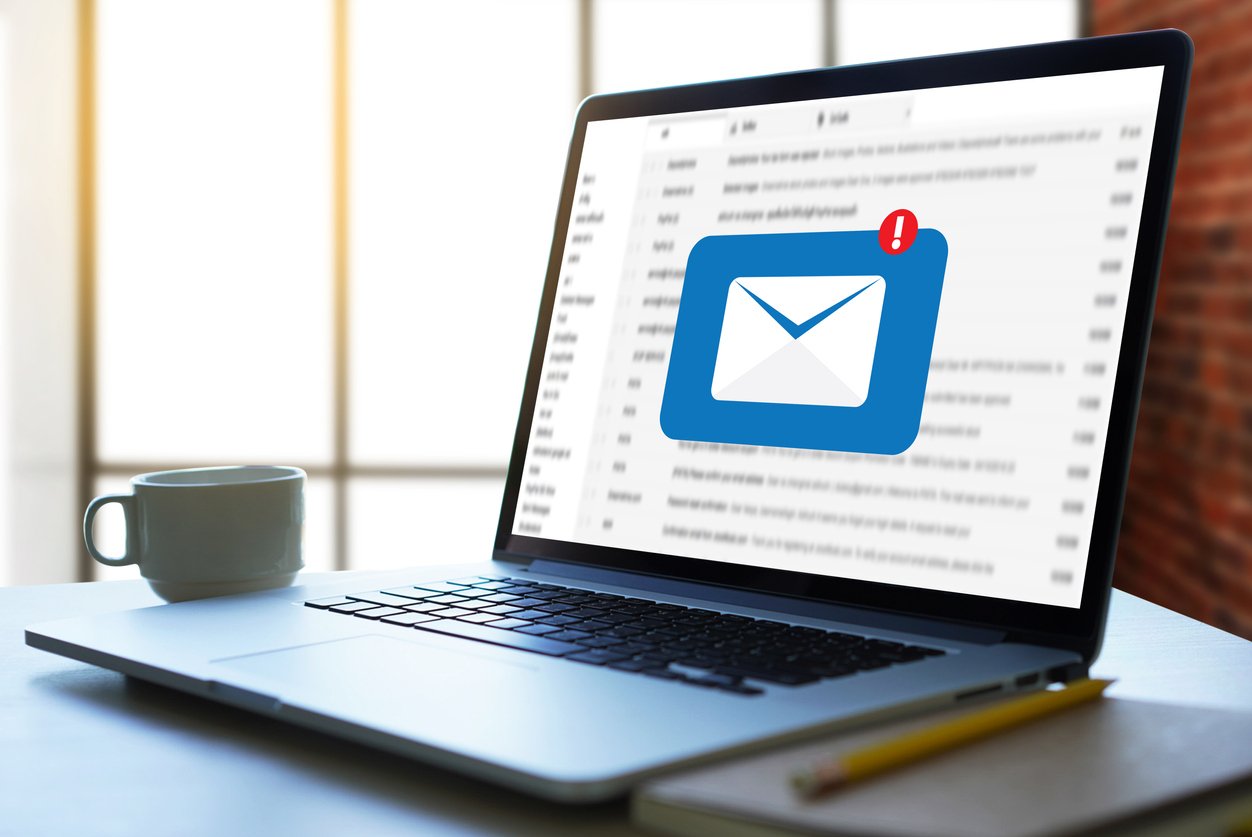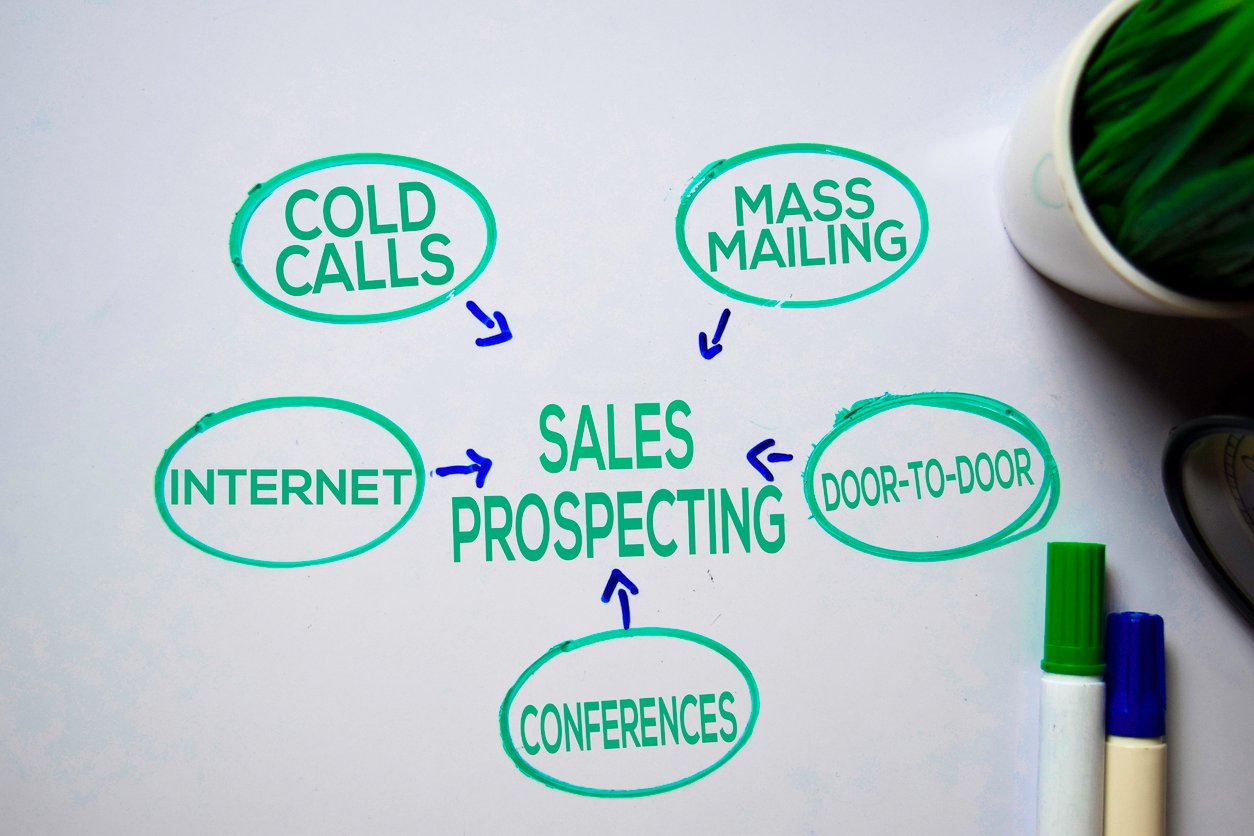
Proactive vs Reactive in Customer Service, Sales, & Business
 Updated on
Updated on
 By Carlos Correa
By Carlos Correa
Carlos Correa
Carlos has been involved in the sales space for well over ten years. He began in the insurance space as an individual sales agent, managing teams as s...
learn more
Carlos Correa
Carlos has been involved in the sales space for well over ten years. He began in the insurance space as an individual sales agent, managing teams as s...
Table of Contents
Table of Contents
If you've ever caught yourself saying, "I'll deal with it when it happens," you've already chosen a side, the reactive one. And while that approach might work for surprise birthday parties or last-minute road trips, it's a dangerous habit when it comes to business, leadership, or even your personal growth.
Being reactive vs proactive isn't just a difference in timing; it's a difference in mindset. One prepares, the other repairs. One builds the future, the other survives it.
Understanding this difference can change how you lead, sell, and communicate.
Let's unpack exactly what proactive vs reactive means, explore real-world examples, and see how top businesses use proactive strategies to lead instead of lag.
What Is Proactive vs Reactive?
Before we explore the nuances, let's define it clearly.
The term proactive vs reactive describes two contrasting approaches to behavior and decision-making. A proactive approach involves anticipating challenges and taking initiative before problems occur. A reactive approach focuses on responding to issues after they arise. Proactive strategies prioritize prevention, while reactive strategies emphasize response and recovery.
At its core, being proactive means owning the moment before it owns you, while being reactive means letting circumstances dictate your actions.
In psychology, proactive behavior ties closely to internal locus of control, believing you can shape outcomes. Reactive behavior leans toward external locus, assuming things happen to you.
To understand the contrast more clearly, let's look at how each mindset plays out across leadership, customer service, and workplace behavior.
|
Category |
Proactive Approach |
Reactive Approach |
|
Definition |
Anticipates and acts before issues occur. |
Responds to problems after they happen. |
|
Customer Service |
Anticipates customer needs using CRM alerts and automated follow-ups. |
Waits for complaints before responding. |
|
Leadership |
Sets clear goals, manages risks, and fosters communication. |
Focuses on damage control after issues arise. |
|
Risk Strategies |
Prevents disruptions through forecasting and planning. |
Handles emergencies and unexpected costs. |
|
Sales |
Uses analytics to predict leads and initiate outreach. |
Waits for inbound calls or lost deals. |
|
Workplace Impact |
Builds confidence, consistency, and trust. |
Creates stress, chaos, and firefighting culture. |
This table illustrates why most successful organizations favor proactive planning, not because they avoid every problem, but because they minimize their frequency and severity.
When you're proactive, you lead the narrative. When you're reactive, you follow it.
Proactive vs Reactive Language: How Words Shape Mindset
Language is a window into mindset. The way you speak and think reveals whether you lean proactive or reactive.
Consider this difference:
- Reactive language says, "There's nothing I can do."
- Proactive language says, "Let's find a way."
Reactive people use language that deflects responsibility: "That's just the way it is." Proactive people use language that expresses ownership, "Here's what I can control right now."
Here are four examples to consider:
|
Scenario |
Reactive Language |
Proactive Language |
|
Customer Complaint |
"There's nothing I can do about it." |
"Let's fix this for you right now." |
|
Missed Target |
"We didn't get the leads we needed." |
"We'll test a new channel this week." |
|
Project Delay |
"It's not my fault." |
"Here's how I'll get us back on track." |
|
Team Feedback |
"I'll wait for direction." |
"I'll propose three solutions." |
Your words are your first form of leadership. Changing your language from reactive to proactive reframes your thinking and boosts confidence across your team.
If you manage sales or support teams, you can apply this concept directly in your CRM scripts or automated sequences. For example, Ringy's customer relationship management tools help create proactive communication templates, ones that reassure, guide, and engage before frustration builds.
Proactive vs Reactive in the Workplace

The workplace is where the difference between proactive and reactive truly shows its teeth. You've seen it before: one team anticipates deadlines, keeps communication open, and solves problems before they snowball. Another waits until everything's on fire.
Proactive vs Reactive in the workplace isn't about speed. It's about foresight.
Being Proactive vs Reactive at Work
Let's break this down across five key areas where the difference matters most:
Performance
Proactive employees create systems that make success repeatable. They set daily goals, schedule reminders, and measure results, not just outcomes. Reactive employees wait for instruction or crisis before acting.
A proactive culture drives performance because it builds habits of ownership.
Stress Management
When you're constantly reacting, you're always on defense, putting out fires instead of preventing them. Proactive teams experience less burnout because they plan recovery time, communicate expectations, and prioritize mental health.
Being proactive is not about control; it's about calm.
Adaptability
Reactive people scramble when change happens. Proactive ones anticipate it. They follow trends, test new tools, and prepare for shifts in markets or management.
For instance, businesses that embraced remote work tools before 2020 adapted seamlessly when others panicked.
Management Styles
Proactive management is coaching-driven. It focuses on why something happens and how to improve it next time. Reactive management is punitive, addressing only what went wrong.
Leaders who adopt proactive vs reactive management mindsets build trust instead of fear.
Leadership
Proactive leadership starts with vision. Instead of waiting for results to dictate decisions, it defines success metrics early and communicates them clearly. Reactive leadership, by contrast, is short-term, making decisions based on emotion or urgency.
As Stephen Covey notes in The 7 Habits of Highly Effective People, proactive leaders "carry their own weather." They respond based on values, not circumstances.
Proactive vs Reactive in Business and Sales

If there's one battlefield where the proactive vs reactive mindset becomes profit or loss, it's business.
You can have the best product in the world, but if your team only reacts when customers complain or competitors innovate, you're playing defense, not offense.
Proactive vs reactive in business is ultimately about direction. Are you anticipating needs, or constantly catching up? The companies that thrive in fast-moving markets are those that predict problems and position themselves ahead of them.
Business Strategies: Anticipating vs Responding
Let's start with a fundamental truth: business growth rewards anticipation.
Proactive companies use data to forecast customer demand, identify emerging risks, and adapt early. Reactive ones only make changes after market share slips or clients leave.
Here's what this looks like in real-world terms:
|
Scenario |
Proactive Business Strategy |
Reactive Business Strategy |
|
Product Launch |
Conducts pre-launch research, user testing, and competitor tracking. |
Rushes to market after competitors release updates. |
|
Customer Retention |
Uses CRM automation (like Ringy) to check in before renewal. |
Only follows up after a customer cancels. |
|
Marketing |
Plans content calendars months ahead with SEO and automation tools. |
Posts inconsistently or responds to trends too late. |
|
Crisis Management |
Runs simulations, creates backup plans, trains teams. |
Responds under pressure with no defined process. |
When you're proactive, you're not guessing; you're preparing. This mindset transforms everything from product design to customer service. It gives you control over timing, tone, and trust.
Recruitment and Hiring
Your hiring process is one of the clearest indicators of whether your company is proactive or reactive. Reactive hiring happens when a team loses a member and scrambles to fill the gap. Job postings go live, interviews are rushed, and culture fit is often overlooked.
Proactive hiring, on the other hand, focuses on pipeline building. HR teams forecast growth, nurture talent pools, and use automated recruitment systems to keep potential hires engaged.
A proactive vs reactive recruitment strategy looks like this:
|
Stage |
Proactive Hiring Example |
Reactive Hiring Example |
|
Talent Pipeline |
Maintains an ongoing database of qualified candidates. |
Starts looking only after an employee quits. |
|
Communication |
Sends periodic updates and company culture content. |
Waits until hiring is urgent. |
|
Onboarding |
Automated welcome sequences and scheduled training sessions. |
Last-minute onboarding with poor structure. |
This proactive approach doesn't just save time; it strengthens your company's reputation as an organized, people-first brand.
Risk Strategies: Managing Uncertainty Before It Manages You
Every business faces risk, market shifts, supply chain issues, data breaches, or changing regulations.
The difference lies in preparation.
Proactive risk strategies involve:
- Running simulations
- Identifying early warning signs
- Building contingency plans
Reactive strategies are about damage control and reputation repair.
If your company only talks about risk after something happens, you're not managing risk, you're managing fallout.
Take cybersecurity, for instance. Proactive vs reactive cybersecurity could mean the difference between preventing an attack and losing millions in data recovery and customer trust. Proactive security teams run penetration tests, train employees on phishing prevention, and update software regularly.
Reactive ones respond after a breach with press statements and damage reports.
Providing Proactive vs Reactive Customer Service

Customer service management is where proactive vs reactive shines the brightest, and where the stakes are highest. Proactive service is empathy in advance. It anticipates needs, prevents frustration, and creates loyalty before it's tested.
Reactive service, on the other hand, is firefighting. It's waiting for the angry email, the bad review, or the cancellation notice, and then scrambling to fix what could have been avoided.
Let's see what that looks like in practice:
- Timing
- Proactive: Reaches out before the problem arises.
- Reactive: Responds after a complaint.
- Tone
- Proactive: Empathetic and educational.
- Reactive: Defensive or apologetic.
- Technology
- Proactive: Uses automation to detect pain points early.
- Reactive: Relies on manual response systems.
- Customer Perception
- Proactive: Feels valued and understood.
- Reactive: Feels neglected or unheard.
The takeaway? Proactivity creates loyalty. Reactivity breeds frustration.
Tools like Ringy CRM allow you to automate much of this process. For example, Ringy's customer service automation ensures incoming leads or support tickets trigger instant follow-ups, so your team can stay proactive even when workloads spike.
Proactive vs Reactive Strategies for Customer Retention
Retention isn't luck, it's planning. Proactive retention strategies involve engaging customers before their interest dips, using personalized communication, feedback loops, and reward programs.
Reactive retention, by contrast, happens when you're already trying to win back someone who's left.
Incorporate these 3 proactive retention techniques into your process:
- Monitor usage trends: Identify inactive customers early and re-engage them with offers or helpful content.
- Automate personalized outreach: Use tools like Ringy to schedule consistent, meaningful check-ins.
- Gather feedback regularly: Don't wait for complaints, ask for insights while satisfaction is high.
Each of these methods prevents churn while building stronger emotional loyalty to your brand.
How Different Sectors Apply Proactive vs Reactive Approaches

Every industry has its own rhythm. But whether you're running a SaaS company, managing insurance claims, or handling financial portfolios, one truth stays the same: the proactive win the race, while the reactive are forever catching up.
Let's look at how different sectors apply proactive vs reactive strategies, and what lessons you can take from each.
SaaS (Software-as-a-Service)
In SaaS, being proactive vs reactive can literally make or break retention rates.
A proactive SaaS business (like our sales software) predicts customer behavior, identifies churn risks early, and uses automation to prevent drop-offs. It doesn't wait for cancellation notices, it watches engagement metrics, flags low usage, and reaches out before customers disengage.
Here's what that might look like:
- Proactive example: Sending an automated check-in email when a customer hasn't logged in for a week, offering help or new feature tutorials.
- Reactive example: Waiting for an angry cancellation email and offering a discount too late.
Tools like Ringy CRM make proactive engagement effortless. By automating drip campaigns, you can send personalized messages to users at the right moment, guiding them before frustration takes hold.
The result? You're not just putting out fires; you're preventing them from ever sparking.
Insurance
Insurance companies have one of the highest stakes when it comes to proactive vs reactive risk strategies.
A proactive insurance provider doesn't just process claims; it helps customers avoid them. Think of automated alerts about upcoming premium renewals, safety reminders, or even real-time notifications about weather-related risks.
On the other hand, reactive insurers only step in after a loss. By then, the cost (both financial and emotional) is much higher.
Finance
In the finance sector, proactive vs reactive management determines whether you build stability or chaos.
A proactive financial advisor or institution uses forecasting, historical analysis, and automation to guide clients before risks escalate. For instance, they might flag unusual account activity or market fluctuations and recommend actions early.
A reactive one, however, waits until the market dips to send a panic-filled update.
Proactive finance looks like:
- Automated reports showing clients how their portfolios are performing.
- Predictive analytics highlighting underperforming assets.
- Scheduled consultations before quarterly reviews, not after.
When clients feel informed, they feel safe. And that's the ultimate currency of trust.
Healthcare
Healthcare offers a powerful visual of proactive vs reactive care.
Reactive healthcare treats illness after symptoms appear. Proactive healthcare, however, focuses on prevention, routine screenings, lifestyle monitoring, and early intervention.
A hospital using proactive automation might automatically send reminders for annual checkups or flag patient data anomalies before they turn serious. Reactive systems, in contrast, fill up emergency rooms.
And when you think about it, the logic applies far beyond medicine; proactive action prevents pain.
Proactive vs Reactive in Personal Development
When most people hear proactive vs reactive, they think of business strategy or workplace leadership. But the truth is, this mindset shapes something much bigger: how you live your life.
Being proactive isn't just about forecasting market shifts or customer needs; it's about taking ownership of your attitude, choices, and emotions before circumstances take control of you.
Reactive people wait for things to happen.
Proactive people make things happen.
It sounds simple, but the difference can redefine your personal and professional growth.
The "Proactive vs Reactive 7 Habits", Stephen Covey's Timeless Lesson
Stephen Covey, in his classic The 7 Habits of Highly Effective People, made "Be Proactive" the very first habit, and for good reason.
Covey explained that proactive people recognize a simple truth: you can't always control what happens, but you can always control how you respond.
Reactive people blame circumstances, the market, the weather, the boss.
Proactive people focus on response-ability, their ability to respond with intention.
Let's apply that idea:
- In sales, a reactive rep says, "Leads are slow this month."
A proactive one says, "How can I warm up the pipeline while demand is down?" - In leadership, a reactive manager waits for a performance issue to escalate.
A proactive manager spots the early signs and starts coaching before damage is done. - In life, a reactive mindset says, "I can't do that until things calm down."
A proactive one asks, "What small step can I take right now?"
Covey called this choosing your circle of influence over your circle of concern.
In other words, focus on what you can change, not what you can't.
Proactive vs Reactive Cartoons, Metaphors, and Storytelling as Teaching Tools
Sometimes, the simplest visuals make the biggest impact.
One of the most famous proactive vs reactive cartoons shows two people caught in the rain.
- The reactive person shouts at the storm.
- The proactive person opens an umbrella.
The storm represents life, things you can't predict or control.
Your reaction represents you.
Metaphors like this stick because they speak to daily life. Maybe your "storm" is a missed quota, an angry client, or a team setback. You can't stop the rain, but you can choose to stay dry.
Another powerful story Covey told was about the space between stimulus and response.
Something happens (stimulus). You feel the urge to react. But in that tiny gap, that pause, lies freedom. You can choose to lash out, or you can choose to lead, learn, and grow.
Which Approach Is Best? Blending Proactive and Reactive Strategies for Resilience

When you hear "proactive vs reactive," it's easy to assume one must be better. Proactive sounds visionary, strategic, maybe even heroic, while reactive gets painted as disorganized or unprepared. But the truth? The most resilient businesses, leaders, and individuals use both.
Let's unpack why balance is the real goal.
Why Businesses and Leaders Need Both Strategies
A purely proactive company plans well but risks over-engineering solutions before real-world data emerges. A purely reactive company, on the other hand, learns fast but always plays defense.
Neither approach works in isolation. Together, though, they form a dynamic loop: proactive systems predict, reactive systems refine.
Think of proactive strategies as your safety net; they minimize surprises by forecasting what could happen.
Meanwhile, reactive strategies are your emergency response; they help you adapt when something unpredictable still slips through.
For example:
- A proactive customer service team anticipates questions with a knowledge base.
- A reactive team analyzes support tickets to improve that knowledge base further.
Both sides feed each other; one prevents problems, the other perfects solutions.
Balancing Proactive vs Reactive Strategies for Resilience
Resilience isn't about eliminating risk; it's about bending without breaking. To achieve that, companies must design systems that anticipate and adapt.
Here's how successful businesses balance both approaches:
Plan Ahead, But Stay Flexible
Map out contingencies and forecasts, but leave room to pivot when markets shift. A rigid proactive plan can collapse under unexpected pressure; flexibility is the safeguard.
Automate for Speed, Review for Insight
Use proactive automation tools like Ringy CRM to reach out to leads automatically, freeing up human time for problem-solving. Then, review analytics reactively to refine messaging and timing.
Empower Teams to Act, Not Just React
Train your people to recognize early warning signs and take initiative before escalation. Proactivity is a mindset, not just a workflow.
Combine Data and Empathy
Predictive analytics tells you what might happen; listening tells you why. A proactive mindset rooted in empathy makes every response more authentic. Balanced companies create an operational rhythm: prepare, observe, adjust, repeat.
Practical Steps to Shift from Being Reactive to Proactive
Becoming more proactive doesn't mean abandoning quick response; it's about upgrading your reflexes. Here's a quick plan to help you make the transition:
|
Step |
Goal |
Action |
|
1 |
Audit Your Triggers |
Identify what typically forces you to react. Review the last 6–12 months of challenges to spot recurring patterns. |
|
2 |
Automate Repetitive Tasks |
Free time for strategy and foresight. Use CRM automations (like Ringy) for follow-ups, reminders, and lead scoring. |
|
3 |
Build Early Warning Systems |
Catch issues before they escalate. Create dashboards for customer churn, workflow delays, or missed SLAs. |
|
4 |
Encourage Reflection |
Turn reactions into learning moments. After a crisis or challenge, debrief on how to prevent it next time. |
|
5 |
Celebrate Prevention |
Reinforce proactive behavior in culture. Recognize team members who anticipate problems, not just those who fix them. |
Transitioning takes effort, but each proactive improvement compounds over time. The payoff is massive: fewer surprises, stronger relationships, and a brand
Proactive vs Reactive - Final Thoughts
Start automating your sales and customer service workflows with Ringy CRM, and experience what it feels like to always be one step ahead.
Sign up to learn more.

Skyrocket your sales with the CRM that does it all.
Calling? Check. SMS? Check. Automation and AI? Check. Effortlessly keep in touch with your customers and boost your revenue without limits.

Take your sales to new heights with Ringy.
Sales in a slump? Ringy gives you the tools and flexibility you need to capture leads, engage with them, and turn them into customers.
Subscribe to Our Blog
Enter your email to get the latest updates sent straight to your inbox!
Categories
Related Articles




































































































